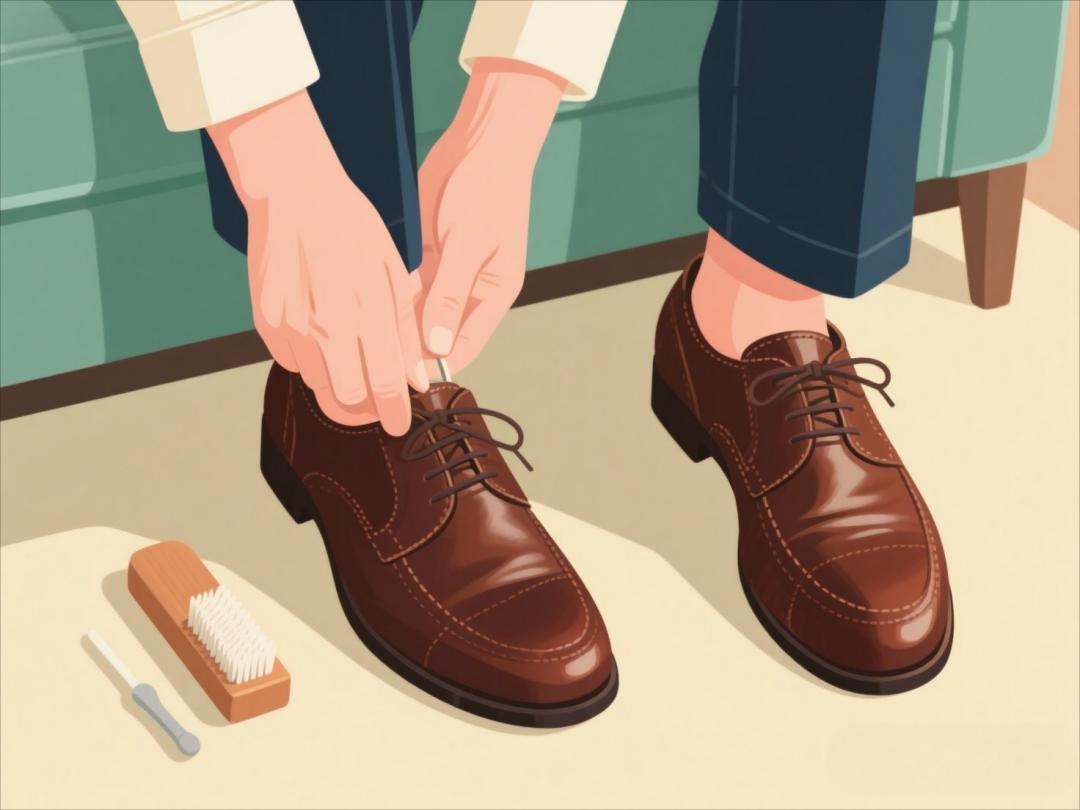the dead bug exercise doesn't sound very enticing. What first comes to mind is a dead beetle on its back with its legs in the air. In reality though, this beginner-friendly core move has a lot to offer — and there are plenty of reasons to add the dead bug exercise to your workout routine.
If you can get past the name, the dead bug exercise is a simple, surefire way to build core strength and core stability, both of which are key to moving well in training (and in life). Doing the dead bug exercise regularly can also contribute to better posture, coordination, power, and control. Not to mention, it can be performed anywhere, even without equipment.
Ready to learn about this beginner-friendly move? Find everything you need to know about the dead bug exercise below, including the powerful benefits, expert-approved tips, modifications, and step-by-step instructions to help you perform the move safely and effectively.
The Benefits of the Dead Bug Exercise
The dead bug exercise targets 360 degrees of core muscles, including the transverse abdominis (the deepest core muscle), rectus abdominis (the muscle in the front and middle of the abs), obliques (the muscles on the sides of your torso), and pelvic floor (the muscles along the bottom of your abdominal cavity, which work to hold up your internal organs).
Breanna Cummings, trainer for the NYC Nike Well Collective and Lifetime Fitness NYC, says the dead bug is a favorite to recommend for her clients. She describes it as a "functional movement that mimics daily life." That's because, compared to other core exercises like crunches or sit-ups, dead bug places the spine in a neutral position. It helps you build more core strength and stability while allowing your limbs to move freely — hugely important skills for moving through your day-to-day life. "Think about how you carry groceries into the house, or pick up your favorite little human. All of these activities require a neutral spine, core strength, and stability," she explains. The dead bug exercise also works shoulder and hip mobility, because it asks you to move your shoulders and hips through a large range of motion.
Its emphasis on core strength and mobility makes dead bug a great move for general strength and conditioning, as well as for athletes. For example, "runners need to be able to create power while keeping their core engaged in a neutral spine, so the better you're able to perform the dead bug, the more efficient you will be," Cummings explains.
If prescribed by a trainer, physical therapist, or doctor, dead bug can also be used to recover from injury and help with lower-back issues. The move is performed lying on your back and asks you to find and maintain a neutral spine, as well as a braced core; it's also done slowly and, usually, in tune with your breath. This offers a really safe way to build core strength compared to more dynamic movements and helps people learn what it means to brace or engage your core.
How to Do the Dead Bug Exercise Correctly
Nailing the dead bug exercise isn’t just about flailing your limbs around like an actual bug. There’s a method to the madness, and doing it right means you’ll actually reap the benefits instead of just going through the motions. Here’s the step-by-step breakdown:
1. Start Position: Lie flat on your back with your arms extended straight up toward the ceiling, directly over your shoulders. Bend your knees to 90 degrees so your thighs are perpendicular to the floor and your shins are parallel. This is your "dead bug" starting position — think of it as the bug’s final resting pose before you bring it to life.
2. Engage Your Core: Before moving anything, press your lower back gently into the floor to find a neutral spine. Imagine you’re bracing for someone to lightly punch you in the stomach — that’s the tension you want to maintain throughout the movement. This is called "core bracing," and it’s the secret sauce to making the dead bug effective.
3. Controlled Movement: Slowly extend your right leg straight out while simultaneously lowering your left arm overhead. Keep both just a few inches off the ground — the goal isn’t to touch the floor, but to challenge your core to resist rotation and maintain stability. Your lower back should stay glued to the floor the entire time. If it starts to arch, you’ve gone too far; reset and shorten your range of motion.
4. Return and Repeat: Bring your arm and leg back to the starting position with control, then switch sides. That’s one rep. The slower you go, the harder your core has to work to stabilize, so don’t rush it. Aim for 8-12 reps per side, focusing on quality over quantity.
Common Dead Bug Mistakes (And How to Fix Them)
Even though the dead bug seems simple, there are a few sneaky mistakes that can turn this core crusher into a wasted effort. Here’s what to watch out for:
Losing Neutral Spine: The biggest dead bug blunder is letting your lower back arch off the floor when you extend your limbs. This means your core isn’t doing its job, and you’re putting unnecessary strain on your lower back. Fix it by reducing your range of motion — only lower your limbs as far as you can while keeping your back flat. Over time, you’ll build the strength to go deeper.
Holding Your Breath: Forgetting to breathe turns this exercise into a core cramp waiting to happen. The dead bug should be a slow, controlled dance between movement and breath. Exhale as you extend your limbs, inhale as you return. This not only keeps oxygen flowing but also helps maintain core engagement.
Rushing the Movement: Speed kills — the effectiveness of the dead bug, that is. If you’re flinging your arms and legs around like a windmill, you’re missing the point. The magic happens in the slow, deliberate resistance against gravity. Think "tortoise, not hare" for max benefits.
Dead Bug Variations to Level Up (or Down)
Once you’ve mastered the basic dead bug, there are plenty of ways to tweak it — whether you need to make it easier, harder, or just mix things up. Here are a few variations to try:
Beginner Modification: If keeping your lower back flat is a struggle, try the "dead bug lite" version. Instead of extending your legs fully, keep your knees bent at 90 degrees the whole time and only move your arms. This reduces the load on your core while still teaching you how to brace properly.
Weighted Dead Bug: Ready to crank up the intensity? Hold a light dumbbell (5-10 lbs) in each hand while performing the movement. The extra weight forces your core to work harder to stabilize. Just make sure you can maintain perfect form before adding resistance.
Resistance Band Dead Bug: Loop a mini resistance band around your feet and hold the ends in your hands. As you extend your legs, you’ll feel the band pulling your limbs apart, adding an anti-rotation challenge that fires up your obliques even more.
Single-Arm Dead Bug: For an extra stability challenge, keep one arm extended overhead the entire time while only moving the opposite arm and leg. This uneven load makes your core work overtime to prevent rotation.
Why the Dead Bug Beats Crunches
including the deep stabilizers — while keeping your spine in a safe, neutral position. It’s like comparing a flimsy cardboard box (crunches) to a reinforced shipping container (dead bug) when it comes to building real-world strength.
Plus, the dead bug teaches you how to resist movement, not just create it. In daily life, your core’s main job isn’t to curl you forward like a shrimp — it’s to stabilize your spine while your arms and legs do the work. Whether you’re lifting a suitcase or chasing after a toddler, the dead bug’s anti-rotation and anti-extension benefits translate way better than crunches ever could.
So next time you’re tempted to crank out a set of crunches, remember: the dead bug might look silly, but it’s the smarter choice for a strong, functional core that actually supports your body in everything you do.
Now that you know the ins and outs of the dead bug exercise, there’s no excuse not to give it a shot. Whether you’re a total newbie or a seasoned gym-goer, this underrated move deserves a spot in your routine. Just don’t be surprised if you start feeling stronger in ways you never expected — all thanks to a workout named after an upside-down insect.
























